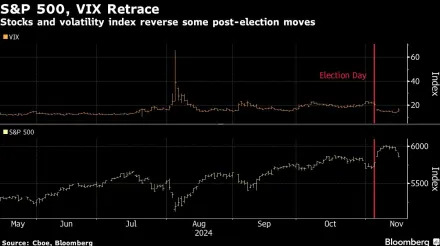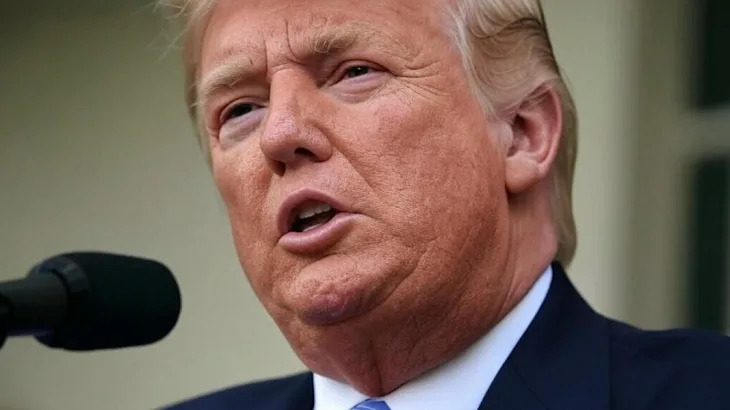(Bloomberg) -- The Federal Reserve’s decision to cut the pace of its balance-sheet unwind is leading some Wall Street strategists — including those at Barclays and Bank of America — to push out their expectations for how long the central bank’s runoff will go on.
Officials, who left interest rates unchanged on Wednesday, said that starting April 1 they’ll lower the cap on the amount of Treasuries allowed to mature without being reinvested to $5 billion from $25 billion. The Fed will leave the cap on mortgage-backed securities unchanged at $35 billion.
The central bank has been winding down its holdings since June 2022 — a process known as quantitative tightening, or QT — by gradually increasing the amount of Treasuries and mortgage bonds it allows to run off without being reinvested.
Barclays Plc now sees that program ending in June 2026 instead of September of this year, while Bank of America Corp. pushed out its expectation for the end of the runoff to December of this year, from September previously.
There is not a clear consensus on Wall Street and some strategists, like the ones at Deutsche Bank, say that the change this week is unlikely to change the timing of the end of quantitative tightening.
The divergent expectations underscore the uncertainty around how short-term funding markets will respond to the current impasse around the debt ceiling.
Lawmakers are attempting to strike a deal on the debt ceiling, the statutory limit for outstanding Treasury debt. The US hit that limit in January. The longer it takes Congress to either suspend or lift the limit, the more cash will make its way back into the financial system. That has the potential to artificially boost reserves — currently $3.46 trillion — which would make it hard to read the signs in the money markets that would indicate the proper timing for ending QT.
It’s those money-market signals that will dictate just how much more the Fed will be able to shrink its $6.8 trillion portfolio of assets before worrisome cracks start to appear, as they did in 2019 ahead of an acute funding squeeze.
In a somewhat worrying sign, Chair Jerome Powell said that officials had seen some signs of increased tightness in money markets, a key deliberation for the timing and path of quantitative tightening, even as reserves remain abundant in the financial system. He also said “if you’re cutting the pace of QT, roughly, in half then the runway is probably doubled.”
What the Strategists Say
Bank of America (Mark Cabana, Katie Craig, March 19 report)
Barclays (Joseph Abate, March 20 report)
Deutsche Bank (Matthew Raskin, Steven Zeng, Brian Lu, March 19 report)
JPMorgan Chase (Jay Barry and others, March 19 report)
RBC Capital Markets (Blake Gwinn, Izaac Brook, March 19 report)
TD Securities (Gennadiy Goldberg and others, March 19 report)
Wells Fargo (Angelo Manolatos, March 19 report)
Wrightson ICAP (Lou Crandall, March 20 report)





